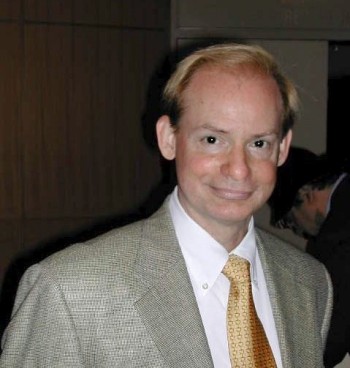Chronopaths: Feelings in Place #1
 Thursday, November 16, 2017 at 06:15PM
Thursday, November 16, 2017 at 06:15PM The greenhouse
Perhaps my favorite place in San Diego is this old wooden greenhouse in Balboa Park. The attraction of this place for me is not just the beauty of its architecture, the escape it provides from a world of steel and concrete, or even the natural beauty of the trees, plants and flowers inside.
People are quiet inside the greenhouse almost as if in a library or a church. There is a feeling of hush amidst the lush of the foliage. There is a feeling closer to oneness with the natural world that has been bridged closer to us by being brought inside a human structure.
The roof and dome are open to the outside air, the sky and the sunlight. The breeze blows through it, but gentled by the old wooden structure. The feeling inside is partly inspired by smells of old wood, growing things, and flowering plants. It is always a little more moist inside than outside in the normally dry San Diego climate. You walk along the narrow stone paths so close to the plants and trees that they can almost touch you.
The experience and feelings here are both those of being in a place, inside a greenhouse, but also of moving through it and experiencing changing views on a scale that is small and human at ground level, contrasting with the much larger scale of the elegantly rising roof and dome open to the sky above. You feel drawn upwards as if in a cathedral, but in place of bare stone and a closed roof, cut off from the harsh world outside as cathedrals are meant to do, here you feel a connection with the world outside, surrounded by park and grass, a connection through the air and sky, a connection through the plants and trees and flowers, being part of a living system.
You can walk quietly through as an observer, distancing yourself from the life around you, tranquil and unmolested. But even as an observer you feel connected, you feel drawn towards the life around you and a part of it. There is a subtle feeling of being balanced between stepping back and falling in. Just as there is between grounding yourself in earth and life or letting yourself rise and soar.
The feeling of the greenhouse is not a static feeling. It provides a small chronopath, both as you move through the space and as the focus of your feeling shifts between above and below and between stepping back and falling in. It affords a small world of unique feelings that I only have here.

Reader Comments